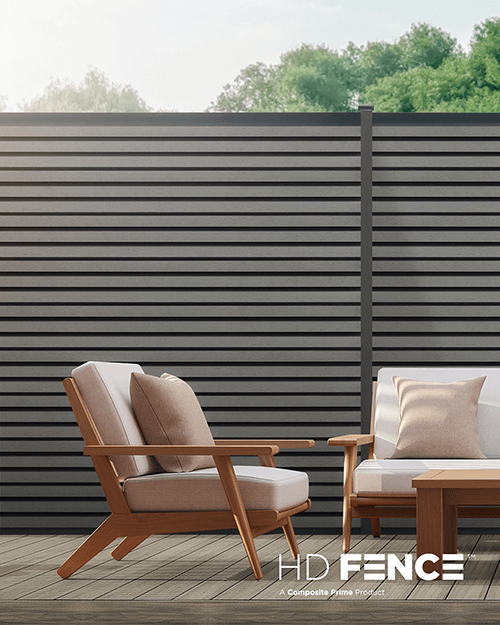The Benefits of Uncapped Decking: Weighing Up the Pros and Cons
When purchasing composite decking, buyers must choose between capped and uncapped. On the surface, capped decking offers the greatest benefits—from durability to stain resistance—though can come with a higher price. However, uncapped decking certainly has its uses and advantages, which we will dive into here.
Price
The main advantage of uncapped decking is its lower upfront price for installation, which is a strong selling feature for those working to a budget. Dispel any notion that uncapped decking is cheapening out or cutting corners, though: it still has many advantages, and buying from trusted manufacturers like Composite Prime ensures that the decking is safe, still comes with a 10-year warranty, is made from a blend of FSC-certified wood and reclaimed HDPE plastic, and still outperforms treated timber.
Longevity over wood
Despite not being as resistant to the elements as its capped partner, uncapped decking has numerous attributes that make it more desirable than wood as an outdoor living material—longevity being the most compelling factor. Not only does it offer uniformity in texture and consistency in quality compared to wood, but composite decking is more durable, mould and slip-resistant, cooler to the touch, more sustainable and lower maintenance.
More fire resistant
With a sturdy wood and polymer blend, composite decking is engineered to be more fire resistant than wood. However, if fire retardation is a specific priority, Composite Prime manufactures extra fire-safe versions of its HD Deck XS and HD Deck 150, both extra-strong, class B fire rated.

More slip resistant
Natural wood is notorious for turning into a slip ‘n slide game when wet, let alone with algae inevitably begins to creep in. No decking is entirely free of slipping risk, but as long as the boards are kept clean and well maintained, composite decking offers far more slip resistance as it is resistant to mould and algal growth and does not absorb water.
Modern styles
Uncapped decking, like Composite Prime’s HD Deck 3D, comes in a high-quality design that looks and feels like wood. Without the polymer layers required for capped decking, uncapped composite combines the luxurious aesthetic of natural wood with the practical benefits of boards that are designed to last longer and be safer. The range comes in three elegant shades—golden oak, black oak, and burnished oak—and each plank has wood grain on one side and grooved the other, allowing for greater customisation both during and after initial installation.
Easier to repair
Composite decking is low maintenance as a rule. Capped composites are more resistant to scuffs and scrapes, but when they do occur they can be hard to repair. Without layers of protective coating, uncapped decking is more vulnerable to damage but any marks can be repaired or blended into the boards in a much more straightforward and cheap way. When choosing capped or uncapped, consider whether looks are a priority for the decking, as well as whether it will be an area of heavy traffic or susceptible to abrasion.
Cooler to the touch
Uncapped decking tends to retain heat less than its capped counterpart, meaning it can be a safer option in areas where direct sunlight or other heat sources are a concern. This is useful for projects where pets or children play barefoot, near outdoor cooking equipment, or when decking is used around plants that are more sensitive to heat. Nevertheless, both kinds of composite cool off fast when the heat source is taken away, unlike natural wood, which retains heat for a considerably longer period of time.
For projects where aesthetics matter less and a low cost is a priority, uncapped decking is a fine solution and certainly doesn’t mean corners are being cut. Uncapped decking arose in the late-Nineties and is still a popular choice today for a reason. Choosing a high-quality uncapped product like Composite Prime’s HD Deck 3D offers the look and feel of natural timber in a composite blend that is both FSC-certified and made with recycled plastic. As well as being child-friendly and safe, with a 10-year warranty for peace of mind, the range comes in a choice of four sophisticated shades and each board is reversible, meaning the grain pattern across the deck can be customised and changed to suit the customer’s needs. When maintained well, uncapped decking can withstand many decades of regular use.













